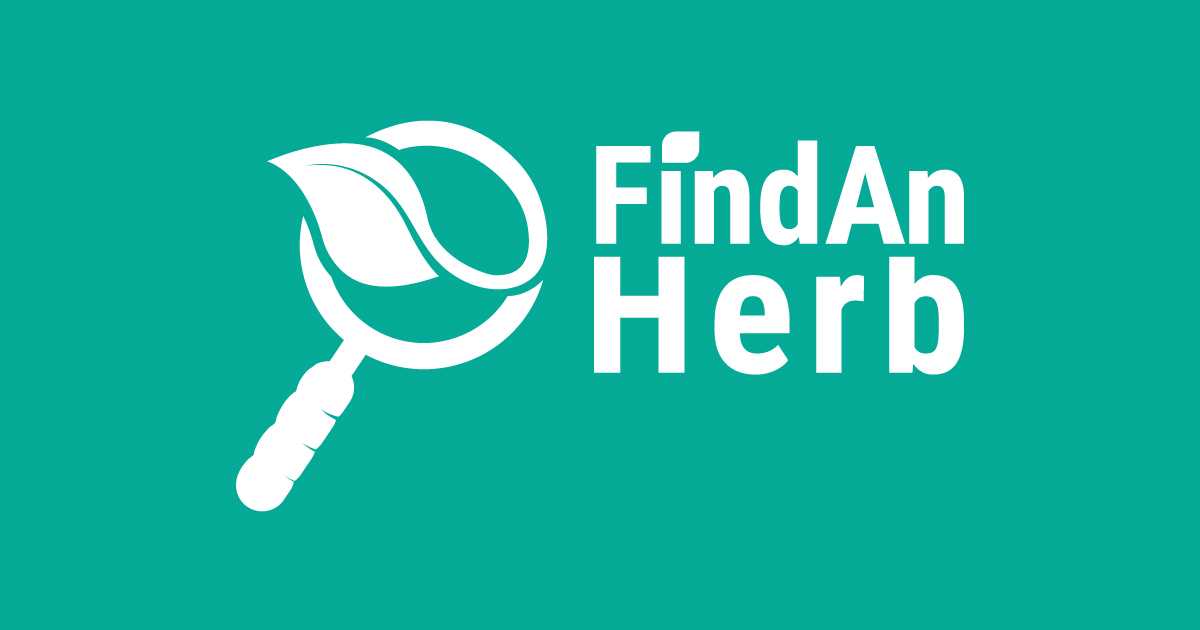

Prickly ash is indigenous to North America and is a warming, stimulating herb used for circulation. Incredibly versatile, prickly ash has been used for everything from alternative medicine to cooking — and even bonsai tree art. It was held in high regard for its medicinal properties by Native North Americans. It’s bark and berries are used for various medicinal purposes, including: rheumatism, arthritis, digestive problems, leg ulcers, and toothaches (which is why prickly ash is also known as “the toothache tree").
History & Folklore
Harry Potter fans: this one is for you...and the wands. The prickly ash tree is known to produce wand-quality wood. As such, James Steward used the prickly ash to create Chadwick Boot's wand.
Habitat & Cultivation
Prickly ash is an evergreen tree that grows around the world up to 10 ft tall! Its name comes from the Prickly ash has compound leaves and gray, thorny half-inch spines that cover its bark. Native to the North American continent, prickly ash prefers damp, shady sites such as woodlands. It is propagated from seed in autumn, the bark is harvested in spring, and the berries are collected in summer.
Uses
North American Herb used as a Native American remedy for toothaches and rheumatism, it later became used in the US as a circulatory stimulant and to relieve arthritic symptoms
Arthritic Conditions Prickly ash stimulates blood flow to joints, promotes the supply of oxygen & nutrients, and removes waste; making it an ideal remedy for arthritic and rheumatic problems
Circulation The herb improves circulation making it a prime remedy in conditions where the arteries of the limbs have narrowed, such as, intermittent claudication and Raynaud's disease
Other Uses relieves gas and diarrhea and tones the digestive tract. It is applied topically to treat leg ulcers and chronic pelvic inflammatory disease
Parts used
Bark used in preparations to stimulate blood flow, the bark is considered to have a stronger effect than berries.
Berries are made into remedies for poor circulation
Berries & Bark were chewed to relieve toothaches
Key Actions
Circulatory stimulant
Increases Sweating
Antirheumatic
Antifungal
Constituents
Isoquinoline alkaloids
Furanocoumarins
Lignans
Volatile Oil
Tannins
References
- Chevallier, Andrew, FNIMH; Encyclopedia of Herbal Medicine - 550 Herbs and Remedies for Common Ailments; 3. Edition 2016; ISBN: 978-0-2412-2944-6; Page 153.
No Remedies found containing Prickly Ash
Products with Prickly Ash
No reviews found for Prickly Ash
Help others by leaving a review
Share your experience with this herb to help other people